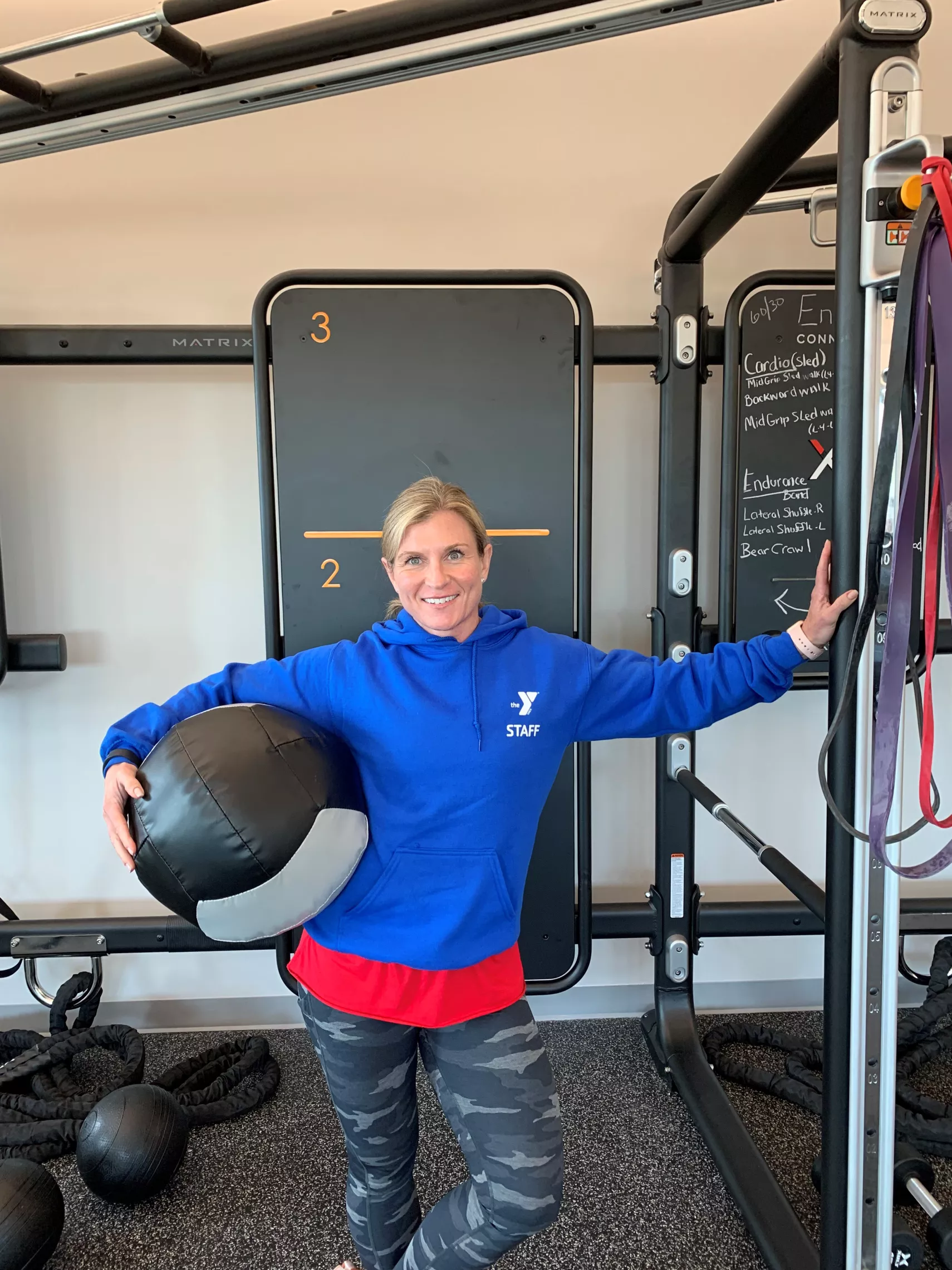
It's American Heart Month and time to discuss why exercise is good for your heart and how to ensure you are getting the correct dosage of exercise for your health!
The CDC states that 80% of premature heart disease and strokes are preventable, yet they remain the leading cause of death, disability and healthcare spending in the US and worldwide. This is not a new phenomenon. It has been sixty (60) years since Congress acknowledged the importance of the ongoing fight against heart disease and recommended through Joint Resolution that the sitting president issue an annual proclamation designating February as “American Heart Month.” (TheWhiteHouse.gov)
Question: But if 80% of heart disease and strokes are preventable… HOW? And why aren’t we doing more to prevent them?
Answer: Physical Activity! And because the right kind of physical activity can be hard and uncomfortable.
There are countless benefits to regular physical activity, but according to heart.org and hopkinsmedicine.org, there are 7 benefits specifically related to heart health: Exercise
- Lowers blood pressure
- Decreases LDL “bad” cholesterol and increases HDL “good” cholesterol
- is key to weight control
- helps strengthen muscles (the heart is a muscle!)
- Can prevent diabetes or slow the progression of Diabetes
- Lowers Stress
- Reduces inflammation
But you are active and workout several times a week! Isn’t that enough? Maybe! Here is your prescription for physical activity to benefit your heart and decrease your risk of cardiovascular disease. Are you meeting these minimums?
- 75 – 150 minutes of vigorous aerobic activity OR 150-300 minutes of moderate aerobic activity OR some combination of the 2 per week. That is 2 ½ hours of moderate to vigorous aerobic activity per week.
- 2 nonconsecutive days of targeted full body strength training
- 2 days of stretching, mobility or range of motion improving activities.
When you break it all down, that is really only one good hour a day! But the challenge of fitting it all in still seems daunting. That is why I turn to heart rate zone training! By including a variety of aerobic training intensities into your weekly plan and making every minute count, you can cut out the guess work and rest assured that you are working towards a stronger more resilient heart and body.
Variety is key if you want to improve your health. Always training at the same intensity will lead to stagnation and plateau. Consider adding variety through heart rate zone training! There are five (5) different heart rate zones:
- Very Light (gray) (50 – 60% of your max heart rate) is very low intensity. This is a great recovery day zone. Think light walking, or yoga or your 2 prescribed stretching days!
- Light (blue)(60 – 70% of your max heart rate) feels light and sustainable for a long time. Think a brisk walk with friends or a casual bike ride, or an easy swim.
- Moderate (green)(70-80% of your max heart rate) is the sweet spot. This is the zone you want to spend 150 – 300 minutes of your time each week! This zone is especially effective for improving the efficiency of blood circulation in the heart and skeletal muscles. Think of it as a natural occurring ACE Inhibitor! But training in this zone gets uncomfortable over time. You will be breathless and struggle to carry on conversations. Think moderate jog, a cycling class and many of your favorite group fitness classes will have you in this zone for most of the workout.
- Hard (yellow) (80 – 90% of your max heart rate) is where the going gets tough! You will be breathing hard and struggling to converse with others. Working in the hard zone improves speed, endurance, and improves your body’s use of carbohydrates for energy and it’s resiliency. Furthermore, for every minute you spend in the hard zone (or working vigorously) you can shave 2 minutes of time from the moderate zone! Work a little harder, save some time!
- Maximum (red) (90-100% of max heart rate) is your maximal effort where you are working anaerobically – struggling to breath, not talking at all, very uncomfortable. This zone, while great for very short bursts of power to improve athletic conditioning and to increase human growth hormones, is not necessary for heart health. But the endorphin rush you get afterwards is pretty rewarding!
The good news is that you do not have to spend half your workout calculating what zone you are working in and for how long. Many heart rate monitors, including myzone, Polar and the new Apple watch will do the work for you and will color code your zones. Spending too much time in the blue on a hard training day? Time to crank up the intensity. Spending too much time in the red on a moderate day? Time to dial it back. Remember, plan in a variety of efforts during your week, but try to fit in at least 150 minutes in the green and yellow zones to improve the health of your heart and decrease your risk of all cause morbidity.
Michelle Hannah, Buena Vista YMCA Express Director of Health & Wellness
